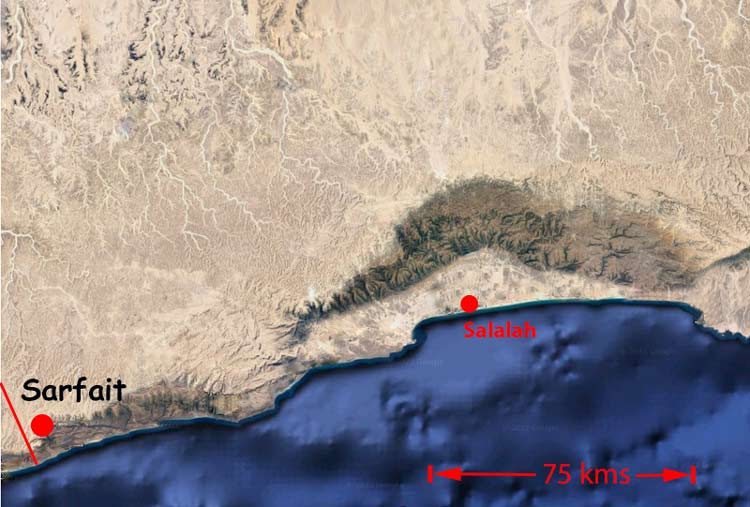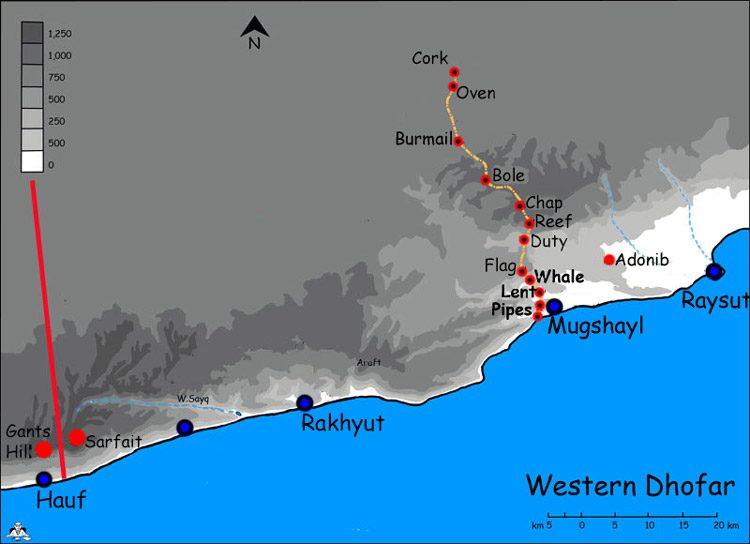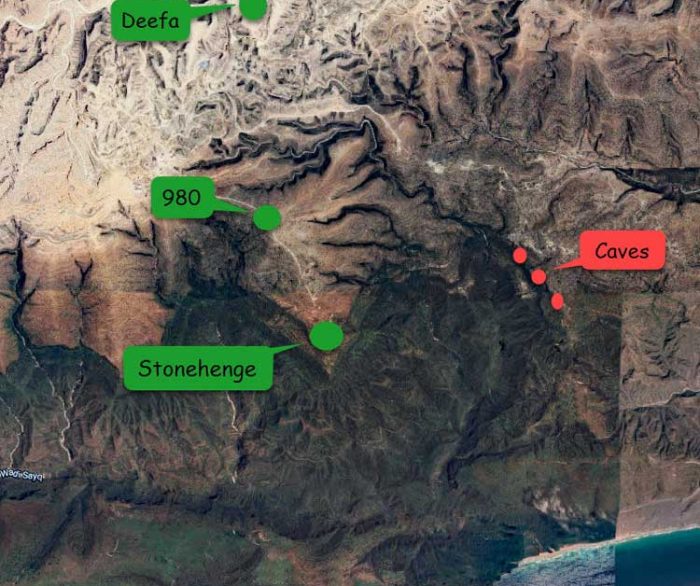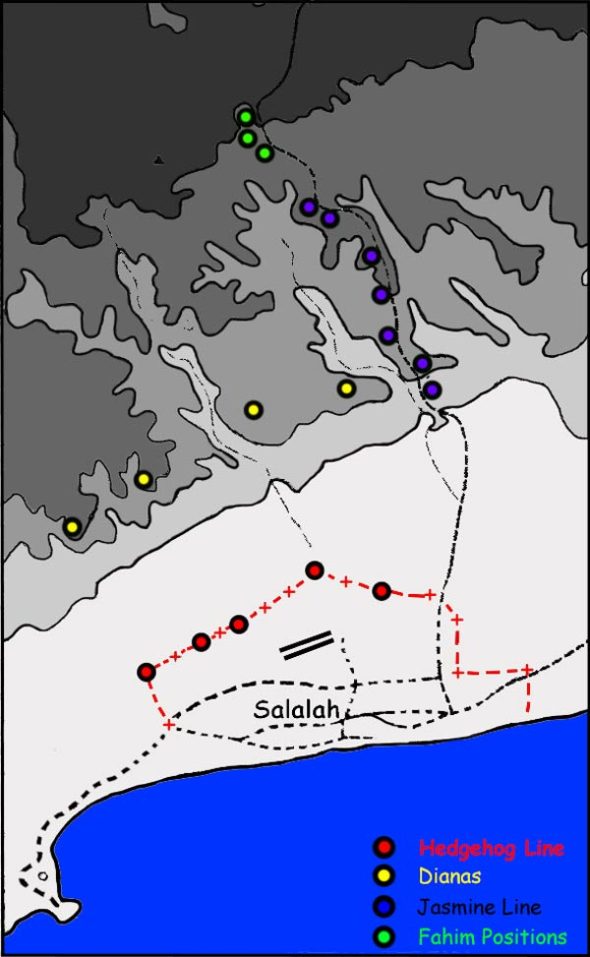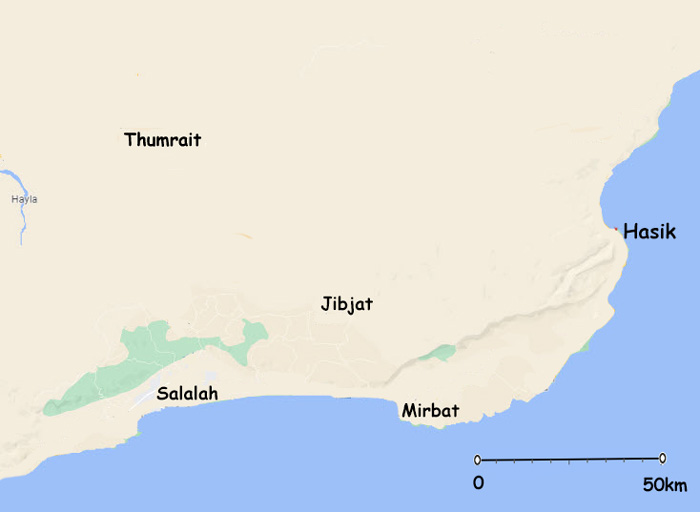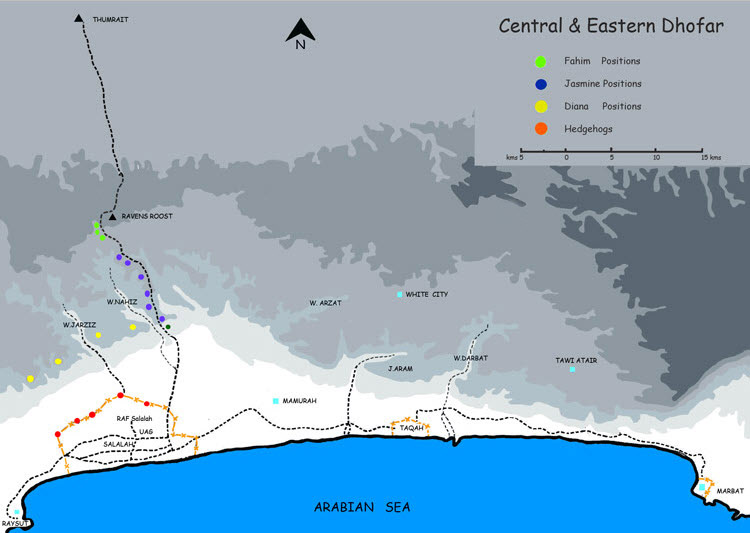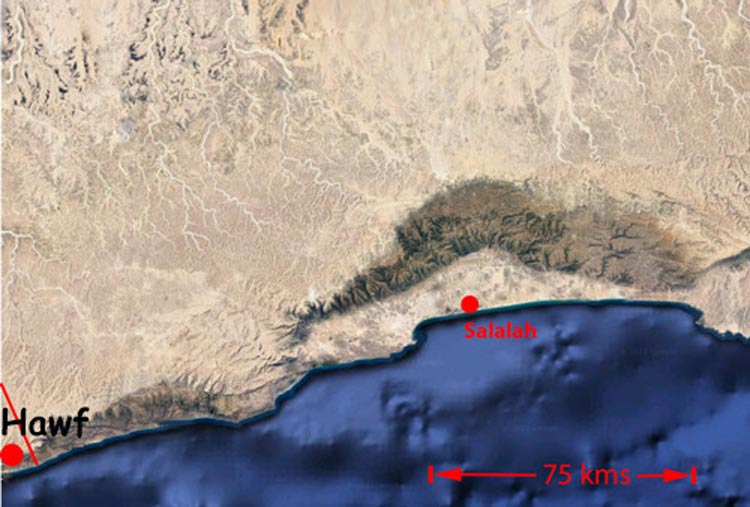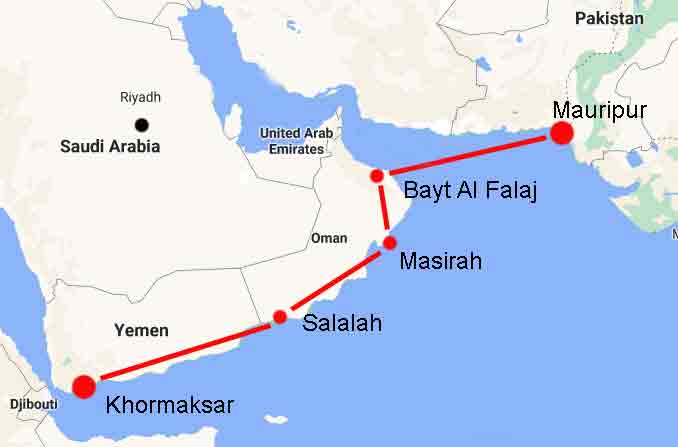
Introduction
The incarnations of 55 FST illustrated in these pages were in existence at what was arguably the height of the Cold War. Edward Heath was Prime Minister in the UK whilst Nikolai Podgorny was President of the USSR. In China the Cultural Revolution was almost at an end and Mao Zedong’s influence was on the wane. Richard Nixon was the President of the USA. The Vietnam War had three years to run. One of the important things to remember when reading this website is that it presents events that occurred in 1972. The politics, the practices and technology were those of the early seventies and not those of today (2019).
The “war” in Dhofar has often been described as a “secret” war. This was a fair observation at the time. No newspaper or television reporters present and consequently nothing appeared in the national media until a couple of column inches appeared on an inside page in the Daily Telegraph a fortnight after a successful rocket attack on RAF Salalah on the 8th of June 1972. The participation in the war by the SAS (Special Air Service) in the form of BATT (British Army Training Team) is recorded in many books. It is important, in the webmaster’s opinion, not to overemphasise the contribution made by BATT; SAF,SOAF, detached units of the UK armed forces need to have their contribution recognised. The consequences that the medic sees, remote from combat, identify relatively loosely with the preceding actions which are later described usually by those who took no part in the affair. For the medic there is nothing of “the glorious dead” about the “bodybagged” delivered by the casevac helicopter. Legs with protruding bones and shredded by mines are not “heroic wounds” they are horrific wounds. The reality of combat that piles up at the door of the FST is sanitised in non-medical accounts in the newspapers with a brief “and fourteen soldiers were wounded”. It looks better that way for the folks at home. It is even harder, when the subjects of that violence, are aware that what they are subject to and what they are fighting for may not be publicly acknowledged by their political masters who “volunteered” them for these duties.
The secrecy over the war in Dhofar was entirely for political reasons. The British had recently left Aden and the Gulf. The Peoples Democratic Republic of Yemen and the dissidents fighting in Dhofar were now being supported by both the Chinese and the Russians. The British had long been involved with Oman and had been pivotal in the overthrow of Sultan Said bin Taimur in 1970 and the establishment of Qaboos bin Said on the throne. It was a time when suddenly the country had significant revenues from oil and a time when Omanis were envious of the standards of living in other oil rich nations in the Gulf. The PDRY backed insurgents in Dhofar flourished.
Under the leadership of the new Sandhurst trained sultan Oman did as it had done before and turned to Britain for military aid. There was an opportunity both for the British to prevent the spread of communism to yet another country and for the British to sell the Omanis support in the form of both military personnel and armaments. It was also a secret war because it was in a relatively remote region of the world. Mail to BFPO in Germany took a week and a half there and a week and a half back. Mobile phones would not be available for another twenty years. Electronic Newsgathering was in its infancy. Reliance was placed upon teleprinter and CW.
The nearest fellow armed services anaesthetist was possibly in Sharjah or most certainly in Cyprus. RAF Bahrein (Muharraq) had closed in December ’71)
There has been a slew of books in recent years about the war many concentrating on the battle at Mirbat. It is all to easy to focus on this one event yet it is most important to acknowledge that many different “teeth” arms and support arms took part in the war.It was exciting to be involved in such an enterprise but there was an underlying belief that if it had not been successful it would not have been difficult for our political masters in the UK to deny the true extent of British involvement.
2021 : About a year after sultan Qaboos died, Oman continues to diversify and place reliance not just upon its oil and gas but on various other enterprises. It has, for good or bad, become involved with the “Belt and Road Initiative” with finance ironically from the country, China, which tried to overthrow Oman in the 1970s with its support for the insurgents in Dhofar. Failing to gain influence over Oman with proxies who they both indoctrinated and supplied with rifle and rocket they now turn to long term financial measures to achieve their ends.
The gushing account of the new relationship with China is printed in the “Belt and Road News” The link has now broken and the nearest equivalent is the “Belt and Road News Network” which is a bit unstable.
SHANGHAI, 29th Sept 2021 (Reuters) – China’s vast Belt and Road Initiative (BRI) is in danger of losing momentum as opposition in targeted countries rises and debts mount, paving the way for rival schemes to squeeze Beijing out, a new study showed on Wednesday. More…………
